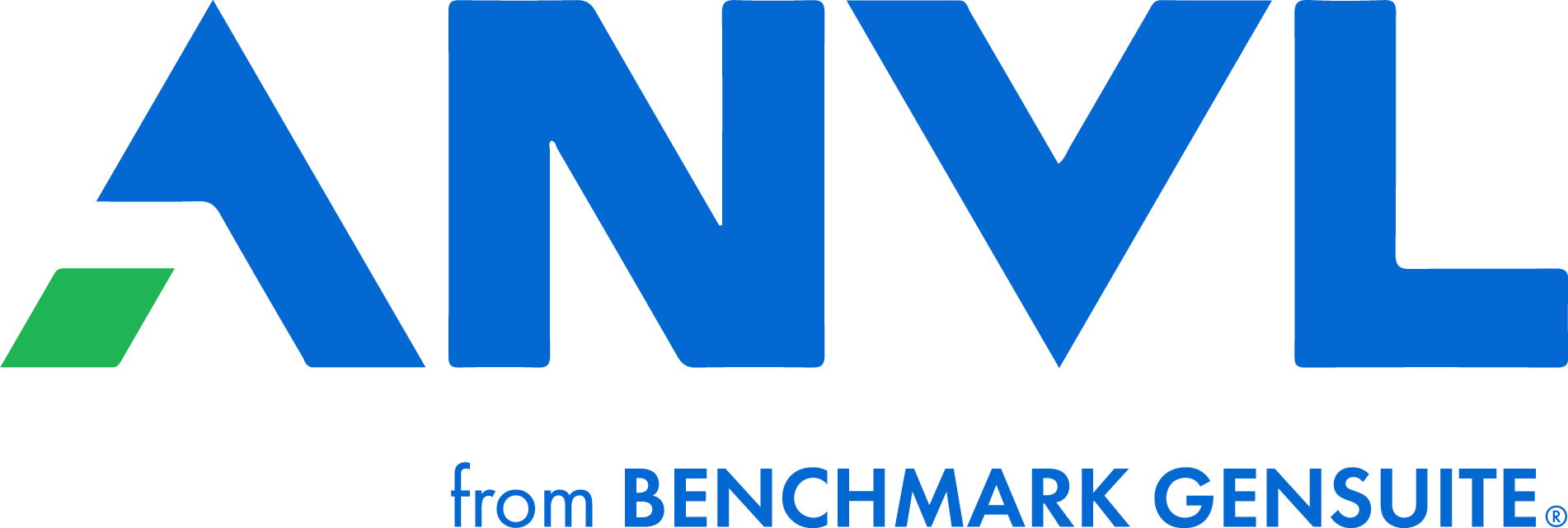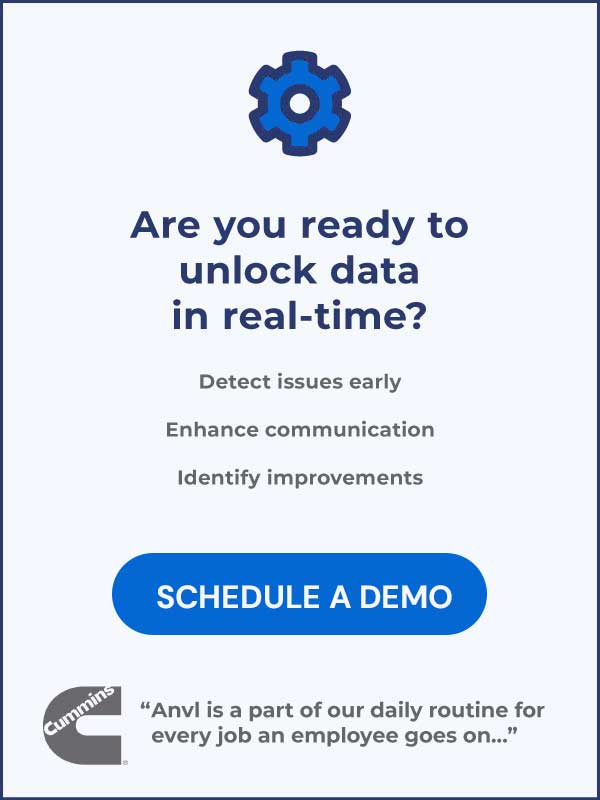“That’s not an OSHA regulation.” If you have managed EHS long enough, you have likely heard that answer when intervening in unsafe work practices or conditions.
The diversity of workplaces and their hazards make writing regulations for every scenario impossible. As a result, there are sometimes gaps within standards that OSHA attempts to fill with the General Duty Clause.
“Each employer shall furnish to each of his employees employment and a place of employment which are free from recognized hazards that are causing or are likely to cause death or serious physical harm to his employees.” – Section 5(a)(1) of the Occupational Safety and Health Act of 1970
Put simply; employers are obligated to identify and mediate health and safety hazards in the workplace, whether covered under an existing OSHA standard or not.
Many are unaware of their obligation and falsely believe they can operate as they please if there isn’t something written in the Code of Federal Regulations. Unfortunately, this false assumption puts workers, leadership, and organizations at risk for regulatory fines and potential civil and criminal lawsuits. Just this year, Family Dollar Store faced $330,000 in fines under the General Duty Clause.
When can OSHA use the General Duty Clause?
While the General Duty Clause may sound ambiguous and like a blanket regulation up to the interpretation and whim of an OSHA representative, it isn’t. For example, when considering a hazard, an inspector must answer yes to the following four questions before applying the General Duty Clause.
1. Did the employer recognize the hazard? Is the threat obvious enough that any reasonable person would recognize it as a danger? If so, that may be enough to answer yes. Also, OSHA will investigate if there is a demonstrable history of prior knowledge of the hazard by looking at injury data, audit reports, and other documentation.
2. Did the employer fail to keep the workplace free from hazards to which a worker was exposed? OSHA will attempt to identify workers exposed to the hazard and who was responsible for correcting it.
3. Did the hazard cause or is it likely to cause severe harm or death? Harm can mean both physical impairment and illness.
4. Is there a method to correct the hazard available? While there are many solutions to most hazards, their practicality, availability, and financial costs determine realistic options.
Safety inspections and action item tracking
After reading the four key questions above, is your organization doing everything possible to protect its employees? Unfortunately, many companies are not.
Safety inspections and action item tracking are the most effective ways to demonstrate your commitment to employee safety. In addition, a robust, documented process of safety inspections can significantly impact your company’s overall safety and compliance.
When appropriately managed, inspections provide valuable insight into the unique hazards confronting your workers. Information that helps companies make smart, proactive decisions that eliminate risks and creates a happier, healthier, and ultimately safer workplace.
Inspections also save companies money. When you eliminate hazards, you proactively prevent future accidents and save the time and cost of workplace injuries.
The benefits of safety inspections are well documented, from improving safety to reducing costs and helping avoid the attention of regulators. However, identifying hazards is only half the battle.
Identifying hazards is only half the battle. Having a system in place to track corrective actions is just as important. It ensures that after identifying hazards, a plan for correcting them is established and followed through with.
Often companies without established corrective action systems find a hazard, tell someone to fix it, and then it never gets done. If they document the process, it often sits on paper and doesn’t get followed up on to ensure completion.
Unfortunately, the action item tracking process can be complicated and inefficient when not managed properly. The process requires extensive administrative work to ensure responsible parties follow through and action items are closed correctly. If not, found hazards remain, and companies are not fulfilling their responsibility.
How ANVL can help
While the General Duty Clause can feel broad, it simply means that employers must actively identify and fix hazards in their workplace, even those not on the books. How inspections and corrective actions can help is clear, but managing the process to get the most value can be challenging.
Connected Worker Software from Anvl centralizes and simplifies the process. It organizes the data collected during inspections, analyzes it to identify trends, and allows companies to track corrective action plans from start to finish, so leaders can hold management accountable.
Anvl gives leaders real-time insight into their inspection and action item data across their entire organization, helping them make strategic choices that create genuine change. Easy-to-use mobile apps and digital workflows keep everything in one place. Meaning companies catch issues faster, enhance communication, and identify improvements that move the organization toward its goals.
Contact us today to find out how Anvl can help your business create a safer, more compliant workplace.


